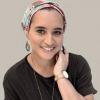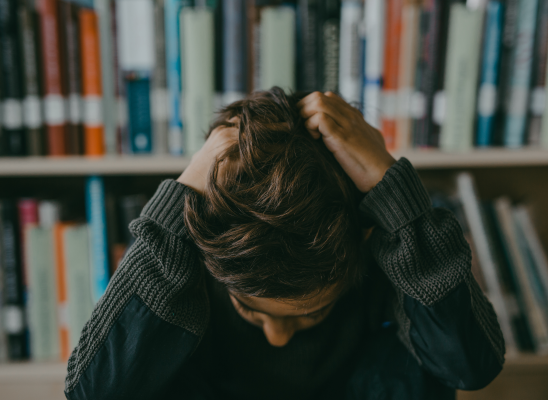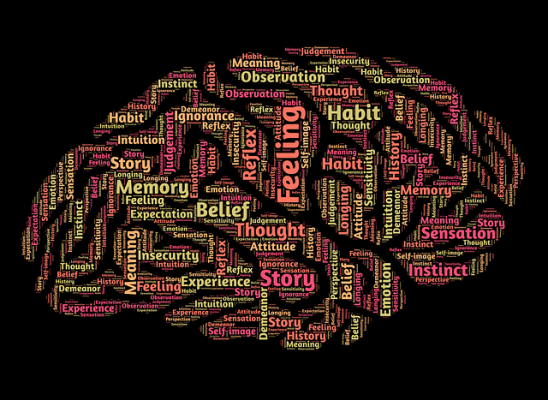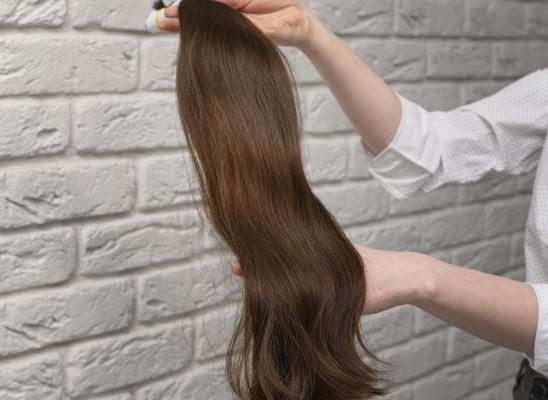Relaxation Therapy for Trich
Online test
Find out the severity of your symptoms with this free online test

An itching or tingling sensation in your fingers is a precursor to the urge you have to pull out the hair from your own head or other parts of your body. You use your fingertips to seek out the perfect hair, rubbing it between your fingers and sometimes smelling it or chewing on it before pulling it out. Whilst it may seem that you are the only person afflicted with this strange disorder, globally there are thousands of people suffering from Trichotillomania, also known as Hair Pulling Disorder.
There are five criteria for a person to be diagnosed with Trichotillomania, as set out in the Diagnostic and Statistic Manual (DSM5)
1. Repetitive pulling resulting in noticeable hair loss.
2. Tension prior to pulling or when trying to resist the urge to pull.
3. Feelings of pleasure or gratification when indulging in the act of pulling.
4. The behaviour is not as a result of any other medical condition.
5. Hair pulling leads to significant distress and difficulty in personal life.
The link to anxiety
The link between hair pulling and anxiety is significant. Sufferers of trich often respond to tense or stressful situations by pulling out their hair. But while the tension is eased during the actual act of pulling and short-term relief is felt, the situation is exacerbated by further feelings of anxiety once the person realises the subsequent hair loss resulting from the pulling. The sufferer feels like there is no end in sight. The underlying problem of how to respond to difficult or stressful situations needs to be addressed. Habit Reversal Training employs a technique known as competing response whereby individuals with trich learn to substitute another response with the pulling behaviour that is incompatible with the undesired behaviour. If you feel the urge to pull and you can respond with another type of behaviour to ease your anxiety, it is possible to break the cycle of anxiety and pulling. With consistent practice this new behavour becomes a habitual response and therefore replaces hair pulling.
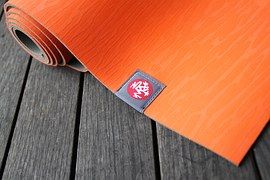
Relieving stress and tension
Alternative relaxation techniques such as deep breathing, reflexology, reiki, massage and yoga are some of the common types of relaxation techniques used in as competing responses to hair pulling.
Deep Breathing – Breath is an intrinsic part of many physical therapies and can be used in combination with a number of them. Although breathing is an automatic response in your body, the way you breathe can help you in dealing with stressful situations. Breathing deeply with awareness helps trich sufferers focus on the air entering and leaving their body, and distracts from the urge to pull. Deep breathing also has the added effect of releasing tension and facilitating an overall feeling of calm in your body.
Reflexology – Reflexology is based on the idea that by massaging specific points on the hands or feet, the related organs are stimulated. When treating sufferers of trich, the therapist can apply pressure to points where the anxiety originates to relax the body. Reflexology sessions are about 45 to 60 minutes long and its main aim is to increase the body’s overall state of relaxation. Once a therapist teaches you which areas on your hands and feet to work on, you can apply pressure regularly on your own, and it can be done anywhere. With regular treatment, a person’s tension is eased and the urge to pull can be reduced.
Reiki – Reiki is a type of healing energy that comes from the Japanese word rei, meaning boundless and universal, and ki, meaning life force energy. Reiki practitioners channel ki energy to their patients through their hands, and at the same time assisting your body to respond positively to the energy. The result of this is that some people feeling more relaxed whilst others feel more energised. For trich sufferers, Reiki can be useful in maintaining feelings of serenity and peace so that stressful situations can be dealt with in a different manner.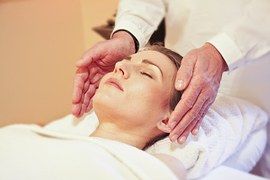
Massage – Massage is the oldest of the healing arts and is a systematic process of touch that combines a variety of techniques such as stroking, pulling, wringing and kneading. Trichotillomania sufferers should use massage in conjunction with other forms of therapy. There are many different types of massage, and if you choose massage as a complementary treatment for trich, you will have to try out the different varieties to assess which one gives you the best feeling of relief and relaxation to distract you from pulling.
Yoga – The word Yoga comes from the Sanskrit yuj which means to yolk or bind. This is the essence of Yoga; to unify the physical body with the mind and with the vital energy flowing within. When these components move closer together, people suffering from trich experience a sense of harmony. This feeling can be beneficial in helping to deal with situations of stress and anxiety. Because yoga is a type of physical exercise that engages all of your limbs, it can also keep your hands away from your hair and distract you from pulling.
Alternative relaxation therapies like deep breathing, reflexology, reiki, massage and yoga can be very beneficial for people suffering from hair pulling disorder, especially if used in conjunction with other mainstream treatment for Trichotillomania.
Online test
Find out the severity of your symptoms with this free online test
Start your journey with TrichStop
Take control of your life and find freedom from hair pulling through professional therapy and evidence-based behavioral techniques.
Start Now